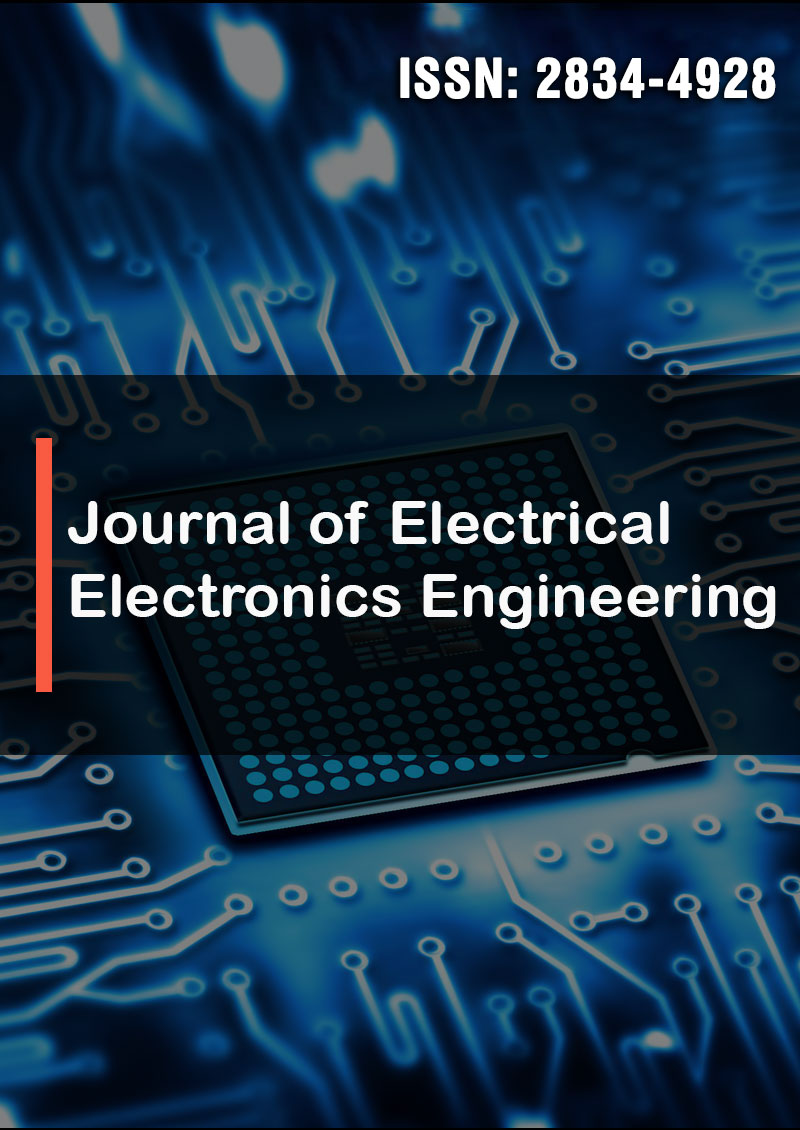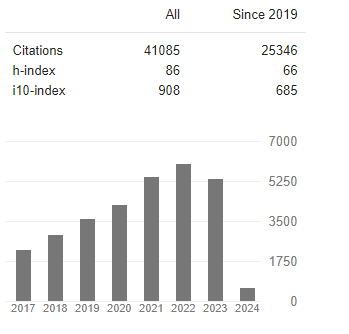Degradation of Solar Cells by Ionizing Radiation Based on Silicon Double-Barrier Nanostructures
Abstract
Fakhraddin Pasha Abasov
Developed two - barrier structures with a nanostructured base based on silicon. Exposed to gamma radiation at the 60Co facility and analyzed the photoelectric properties of the resulting structures and proved that the use of these structures improves the photoelectric properties of traditional photovoltaic structures and creates a high integral sensitivity in the short-wavelength region of the spectrum. The effect of ionizing and penetrating gamma radiation on the photoelectric and photoluminescent parameters of the studied two-barrier structural converters has been studied. The effect of irradiation on the occurrence of leakage current both at the Schottky barrier and at the p-n junction was studied. It is shown that the two-barrier structure makes it possible to improve photoelectric receivers. It is also shown that double-barrier structures are superior in photoelectric parameters to photoconverters of single-barrier structures, and it is recommended to use them as solar cells.
The probability of exposure to radiation due to the occurrence of a leakage current has been studied both for a random type of Schottky barrier and for p-n junctions. It is shown that, in terms of photoelectric parameters, double-barrier structures are superior to photoconverters for use as solar cells. It is also shown that the two-barrier structure allows the improvement of photoelectric receivers. The effect of incident ionizing radiation on the appearance of current and charge carriers is studied both for the Schottky barrier type and for p-n- junctions. It is shown that, in terms of photoelectric parameters, double-barrier structures are superior to photoconverters for use as solar cells.




